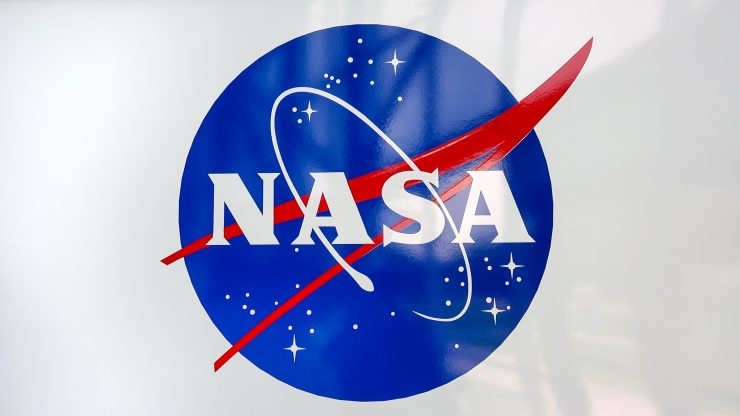NASA’s Technology Transfer Program solicits inquiries from companies interested in obtaining license rights to commercialize, manufacture and market the following technology. License rights may be issued on an exclusive or nonexclusive basis and may include specific fields of use. NASA provides no funding in conjunction with these potential licenses.
NASA Langley Research Center has developed a breakthrough technology called Safeguard that can alleviate hazards with unmanned aircraft (UA) flying beyond their authorized perimeters and into no-fly zones. Safeguard works by continuously detecting a UAs proximity to virtual perimeters established around no-fly-zones (i.e., stay-out or stay-in regions and altitude limits), and taking action to guarantee the perimeters are not breached. The key to the design is streamlined functionality that has been formally verified to guarantee detection of possible perimeter violations. Safeguard is applicable to both rotary- and fixed-wing systems and substantially outperforms embedded geo-fences in terms of reliably and dependably stopping excursions into no-fly zones. Safeguard has the potential to provide a means to comply with pending regulatory directives for geo-limitation for a burgeoning UAS industry.
Safeguard is an independent avionics system that can be easily ported to virtually any UA. The current prototype weighs approximately 1 lb (without hardware optimization). The invention innovations include formally verified algorithms to monitor and predict impending boundary violations through flight termination trajectory estimation, and a system architecture that facilitates performance certification. The system can be configured without sole reliance on the global positioning system to avoid known problems with GPS inaccuracies and unavailability. It is independent of the UA and any on-board components, such as the autopilot, for physical and logical separation from non-aviation-grade systems. The perimeter boundaries are described using polygons, which can approximate almost any shape, and there are practically no limits to the number of shapes and boundaries. The algorithms for establishing the validity of a boundary and for detecting proximity to all defined boundaries are based on rigorous mathematical models that have been formally verified.
To express interest in this opportunity, please submit a license application through NASA’s Automated Technology Licensing Application System (ATLAS) by visiting https://technology.nasa.gov/patent/LAR-TOPS-244
If you have any questions, please contact Langley Research Center at LARC-DL-technologygateway@mail.nasa.gov with the title of this Technology Transfer Opportunity as listed in this FBO notice and your preferred contact information. For more information about licensing other NASA-developed technologies, please visit the NASA Technology Transfer Portal at https://technology.nasa.gov/
These responses are provided to members of NASA’s Technology Transfer Program for the purpose of promoting public awareness of NASA-developed technology products, and conducting preliminary market research to determine public interest in and potential for future licensing opportunities.
Deadline for response: December 18, 2020 05:00 pm EST




